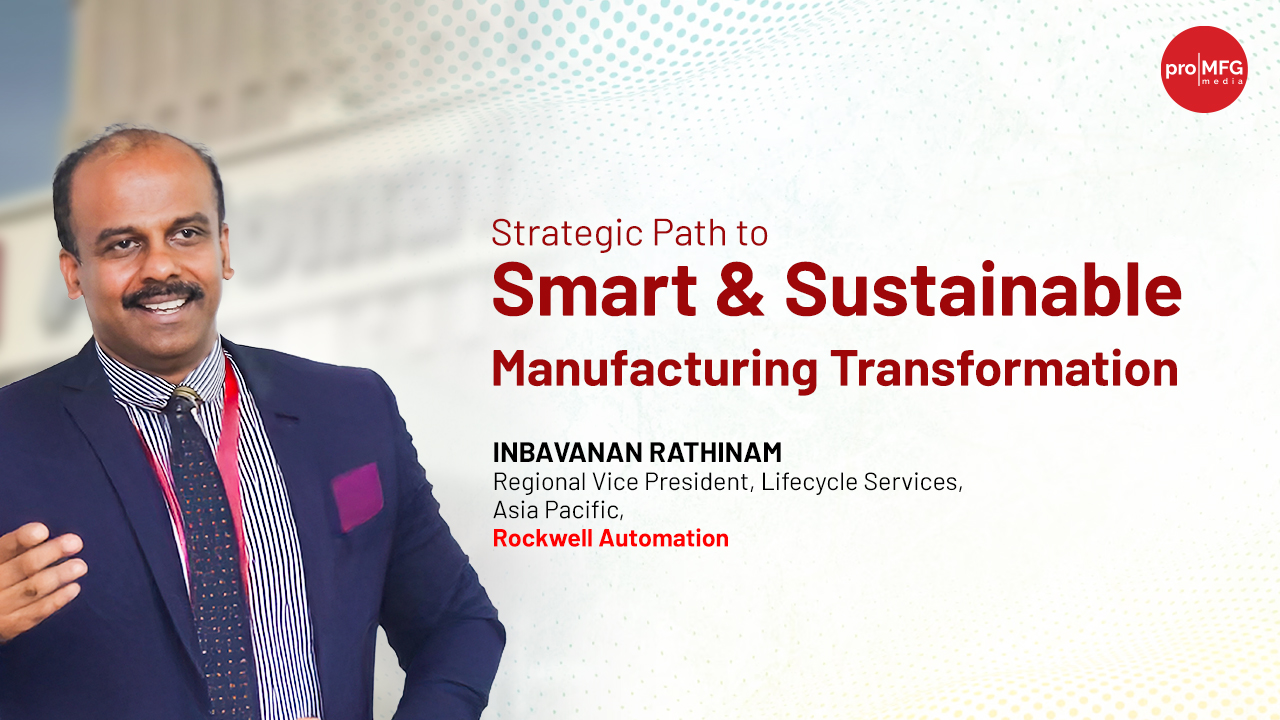Artificial Intelligence Vs Human Centered Intelligence for the Next Millennium
#AI #DigitalTransformation #Automation #MachinelearningDr. Pranjal Kumar Phukan is an accomplished nationally & internationally acclaimed supply chain professional with over 23 years of experience. Currently, he is working at Brahmaputra Cracker and Polymer Limited, and is passionate about entrepreneurship development, industry institute collaboration and supporting ideation projects.

Humans are progressively coming into contact with artificial intelligence (AI) and machine learning (ML) systems. Human centered AI is a perspective on AI and ML that algorithms must be designed with cognizance that they are part of a larger system consisting of humans can be broken down into two aspects viz., AI systems that understand humans from a sociocultural perspective, and AI systems that help humans understand them with the issues of social responsibility such as fairness, accountability, interpret-ability, and transparency.
As per the report issued by McKinsey Global Institute indicated that while there is the expectation as many as half of all of today’s jobs to be replaced by automation, there will be hundreds of millions of new jobs created too. Presently, McKinsey finds that as much as one-third of the tasks that employees perform now can be automated in the near future and around 5% of jobs can be automated
Artificial intelligence has the capability to imitate human intelligence in such a way that it could perform a wide range of tasks starting from thinking to learning, reasoning, problem-solving and has the potential to mimic human character or behavior. However, at a certain point, the technology may fail out due to differences in human brains and wired machines.
Types of Artificial Intelligence
Reactive Machines is a cognitive thinking machine that successfully analyses and predicts all of its own possible moves
as well as those of its opponent and is also known for executing the most strategic and calculated moves.
Theory of Mind – there is the need to dig deep by integrating human tendencies to think and understand that others have their own beliefs, thoughts, intentions, and desires which will definitely have a significant impact on their decisions and actions.
Limited Memory – analyzing and studying past experiences help in predicting what the future holds.
Self-Aware AI – one of the most advanced forms of AI where systems are developed in such a way that they carry self-awareness.
Further to that, Artificial intelligence (AI) is the study and design of algorithms that perform tasks or behaviors that a person could reasonably deem to require intelligence if a human were to do it. It has been broadly understood that an intelligent system can take many forms such as: a system designed to be indistinguishable from humans; a speech assistant such as Alexa, Siri, Cortana, or Google Assistant; a self‐driving car; a recommender in an online commerce site; or a non-player character in a video game. Intelligent systems are referred to as agents when they are capable of making some decisions on their own based on given goals. Machine learning (ML) is a particular approach to the design of intelligent systems in which the system acclimatizes its behavior based on data and due to the success of ML algorithms in particular that have led to recent growth in commercialization of AI. There is a growing awareness that algorithmic advances to AI and ML alone are insufficient when considering systems designed to interact with and around humans. Human‐centered AI is a standpoint on AI and ML that intelligent systems must be designed with awareness that they are part of a larger system consisting of human stakeholders, such as users, operators, clients, and other people in close proximity.
Some AI researchers and practitioners have started to use the term human‐centered AI to refer to intelligent systems that are designed with social responsibility in mind, such as addressing issues of fairness, accountability, interpret-ability, and transparency. Human‐centered AI can incorporate more than those issues and, in this regard, it can be looked at the broader scope of what it means to have human‐centered AI, including factors that trigger the need for fairness, interpret-ability and transparency.
Moreover, human‐centered AI is the recognition that the way intelligent systems solve problems especially when using ML is fundamentally unknown to humans without training in computer science or AI. Humans are used to interacting with other people, and have developed powerful skills to predict what other people will do any why which is sometimes referred to as theory of mind—the ability to hypothesize about the actions, beliefs, goals, intentions, and desires of others. Regrettably, human’s theory of mind breaks down when interacting with intelligent systems, which do not solve problems the way they do and can and come up with unusual or unexpected solutions even when working as intended.
This is further intensified if the intelligent system is a “black box.” Black box AI and ML refers to the situations wherein the user cannot even know what algorithms it uses or that the system is so complicated as to defy easy inspection. Regardless of whether an intelligent system is a black box or not, one can see more interaction between intelligent systems and people who are not experts in AI or computing science. Hence, the question is - How can intelligent systems be designed that are capable of helping people understand their decisions? Otherwise, intelligent systems are to be designed to solve problems more like humans, or can humans augment the existing algorithms? What do people need to know about an intelligent system to be able to trust its decisions or be comfortable working with an intelligent system? Can the intelligent system itself convey this information to its users in a meaningful and understandable manner?
Human‐centered AI is also in recognition of the fact that humans can be equally inscrutable to intelligent systems. When humans think of intelligent systems understanding humans, mostly one thinks of natural language and speech processing and whether an intelligent system can retort appropriately to utterances. Natural language processing, speech processing, and activity recognition are important challenges in building useful, interactive systems. AI and ML systems need a theory of mind about humans just as humans use their common-sense reasoning to interpret and predict the actions of others.
Intelligent systems can benefit from having common sense understanding of what people do and why they do it in particular ways as humans are unconsciously influenced by their sociocultural beliefs. Intelligent systems, however, do not “grow up” immersed in a society and culture in the way humans do. These sociocultural beliefs and norms provide a context surrounding everything that people do. An intelligent system that can model sociocultural beliefs and norms may be able to disambiguate human behavior and make more educated guesses on how to anticipate and respond to human needs. In totality, intelligent systems that better understand the sociocultural underpinnings of human behavior may be less likely to make mistakes about subjects that people take for granted, making them safer to use and safer for them to be in close proximity to people. Moreover, it may also be possible someday for intelligent systems to evaluate their own behaviors for consistency with ethical norms about fairness.
NEWSLETTER
TRENDING ON PRO MFG
MORE FROM THE SECTION




.jpg)




